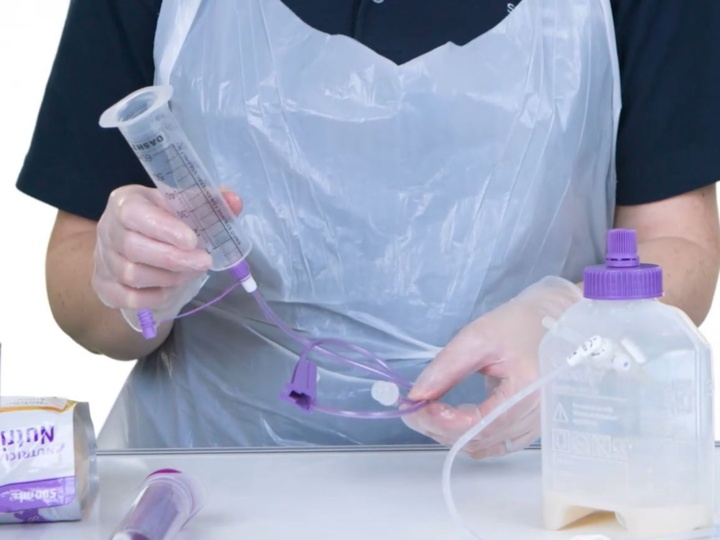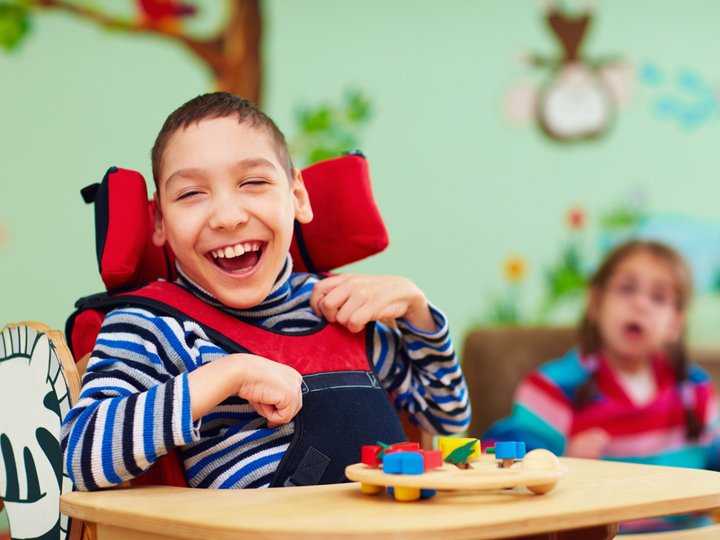The use of blended diets with enteral feeding tubes

This page has a series of online learning sessions that have been specifically created to support families and professionals learn about the use of blended diets with enteral feeding tubes. Please take your time to watch through each session.
Explore the topics in this session:
Objectives of the session
- To be able to deliver the same standards of high quality care to all children and young people.
- To be able to provide care safely, to a high standard and to understand the relevance of the training.
- To feel confident and competent providing the care you deliver.
The use of blended diets with enteral feeding tubes
A blended diet refers to any food or drink other than water, expressed breast milk, infant formula or commercial enteral formula being given via an enteral feeding tube. In recent years, the blending of everyday foods with liquid to be given through the enteral feeding tube, is becoming increasingly popular in practice.
Considerations of starting a blended diet
Starting a blended diet is a shared decision. The aim of the decision is that the person and their healthcare professional work together to reach a joint decision and agree a plan of care.
- change of tube
- buying ancillaries
- understanding a healthy well balanced diet and age appropriate portion sizes
- understanding of food safety hygiene
- blended diets being administered in settings other than the home
Risks and benefits
The risks include:
- a tube blockage due to viscosity or thickness of some foods
- the topic being under researched
- nutritional deficiency
Physiological benefits include:
- reduction in vomiting, reflux and bowel habits
- brighter skin, glossy hair and growth of finger nails
- improved immunity
- improved social and emotional impact
Recommended practice
- A balloon retained gastrostomy tube is preferable.
- Use a mature gastrostomy stoma
- The diameter of the tube should be ≥ 12Fr.
- It is possible to provide blended diet via the gastric port of a gastro-jejunal tube.
Storage of blended food
Any blend which is to be used more than 2 hours after preparation should be stored and transported safely.
- Store in an airtight container.
- Blends can be stored in the refrigerator (below 5°C) for up to 24 to 48 hours.
- Blends can be stored in the freezer (below -18°C) for 1 to 3 months. Defrost blends prior to use.
- Blends should only be kept at room temperature for a maximum of 2 hours.
Last reviewed: 1 November, 2023

